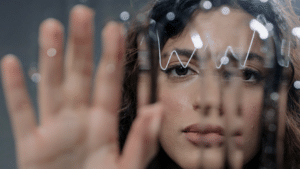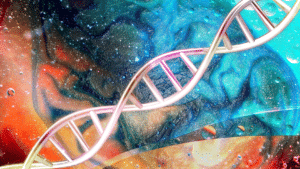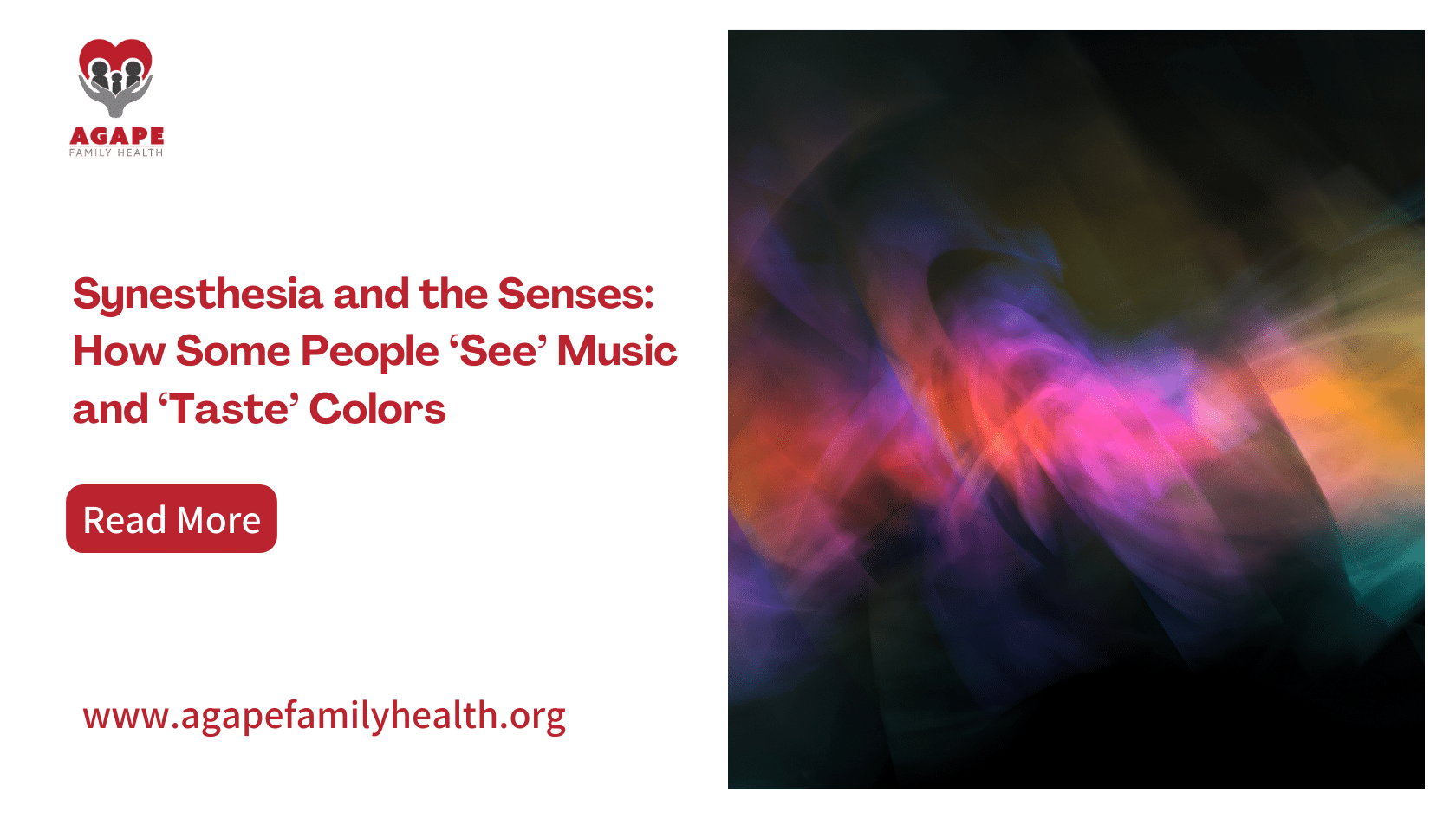When you listen to a symphony, do you see a vivid display of colors dancing before your eyes? Or perhaps when you smell a freshly baked apple pie, you not only savor its aroma but also “taste” its vibrant shades of red and brown? If your answer is yes, you may be one of the fascinating individuals with a perceptual phenomenon known as synesthesia.
Synesthesia is an extraordinary neurological condition where the stimulation of one sensory or cognitive pathway leads to involuntary experiences in another. For instance, some synesthetes “see” sounds, “taste” colors, or even “feel” flavors. In this article, we will delve into the captivating world of synesthesia, its various forms, scientific research, and its implications.
What is Synesthesia?
Synesthesia comes from the Greek words “syn,” meaning “together,” and “aisthesis,” meaning “sensation.” Thus, synesthesia is essentially ‘joined sensation.’ It is estimated that about 1 in 2,000 people have some form of synesthesia, although the prevalence can vary widely depending on the form and definitions used.
According to the American Psychological Association, there are more than 80 documented types of synesthesia, but some common forms include:
Grapheme-Color Synesthesia: In this form, alphabets and numbers are seen as inherently colored. For instance, the letter ‘A’ might always appear red to someone, while the number ‘2’ could be eternally green.
Chromesthesia: Here, sounds, often musical notes, conjure specific colors. A person might “see” the musical note C as blue, or hear a guitar and see shades of purple.

Lexical-Gustatory Synesthesia: This type is truly fascinating. Words trigger a specific taste in the mouth. The name “Emily,” for example, might taste like strawberries, while the word “justice” could evoke the flavor of coffee.
Ordinal Linguistic Personification (OLP): In OLP, ordered sequences, like numbers, days of the week, or months, are associated with distinct personalities and sometimes even genders. For example, Monday might be seen as a shy lady, while the number 7 could be a confident young man.
Mirror-Touch Synesthesia: People with mirror-touch synesthesia experience the same sensation another person feels. If they see someone getting a pat on the back, they too might feel a pat on their own back.

Number Form Synesthesia: In this type, numbers are visualized as points in space, forming a mental map. For example, the number 1 might be close, whereas the number 1000 could be far away or even up in the air.
Auditory-Tactile Synesthesia: Certain sounds induce specific tactile sensations. The rustling of leaves might feel like a soft caress on the skin, while the sound of a horn could feel like a poke.
Spatial Sequence Synesthesia: Individuals with this type perceive numerical sequences as points in space. For them, the months of the year might be seen as occupying positions around a circle, or numbers might appear along a twisting number line.
Ticker-Tape Synesthesia: In this form, spoken words are seen as text, almost like subtitles in a movie. When someone speaks, the words are visualized, enhancing the auditory experience.
Synesthesia remains an immensely rich field, offering a kaleidoscope of ways to experience the world. Each form provides a unique lens through which we can expand our understanding of human perception and cognition.
Scientific Exploration and Research
Synesthesia has intrigued thinkers and researchers for centuries, but rigorous scientific inquiry into the phenomenon is a modern endeavor. With the advent of advanced neuroimaging techniques and interdisciplinary studies, researchers have been able to dive deeper into understanding what makes synesthetic experiences so unique.
Connection with Autism Spectrum Disorders
On the surface, synesthesia and autism appear to be distinct phenomena: the former involves a fusion of sensory experiences, while the latter is generally defined by difficulties in social interactions, repetitive behaviors, and challenges in speech and non-verbal communication. Yet, research indicates that synesthesia is nearly three times as prevalent in individuals with Autism Spectrum Disorders (ASD)—at 18.9%—as opposed to 7.2% in the general population. This prevalence hints at some kind of underlying relationship between the two conditions.
Further scientific exploration suggests that both synesthesia and autism may stem from heightened neural connectivity and activity. While the genetic foundations and mechanisms for both conditions are not yet fully understood, some researchers propose that there could be an overemphasis on local brain connectivity, at the expense of global connections, in both scenarios. A study calls for more focused research on synesthetes to substantiate this hypothesis through direct comparisons with individuals with ASD.
Neurological Underpinnings
Traditional views held that synesthesia was a form of “cross-talk” between different regions of the brain. However, recent neuroimaging studies have shown that the phenomenon is more complex than that. In fact, there is increased connectivity between various regions of the brain, suggesting that synesthesia may not just be a simple “short-circuit,” but rather an enhanced form of neural communication.
Researchers at the University of Sussex took this a step further. They discovered that people with synesthesia tend to have more grey matter in specific brain regions associated with sensory processing. Grey matter is pivotal in processing information in the brain, including sensory perception, decision-making, and self-control. This discovery could signify that synesthetes have a heightened ability to integrate and interpret sensory data, which manifests as their synesthetic experiences.
Genetic Factors

The role of genetics in synesthesia is a hot topic in scientific circles, and for good reason. Unlocking the genetic keys behind synesthesia could unravel a multitude of secrets about not only this condition but also sensory experiences and cognitive functions. Research shows a strong likelihood that synesthesia is hereditary, as it often appears within families. One groundbreaking study in the Journal of Neuropsychology even highlighted a genetic predisposition towards this sensory phenomenon. Although the exact genes involved remain elusive, current studies are focused on pinpointing these genetic triggers, potentially leading to new therapies for sensory processing issues.
Pioneering studies employing genome-wide association techniques (GWAS) are setting out to identify the specific genes tied to the diverse forms of synesthesia. This line of inquiry could dramatically shift our comprehension of how genetic makeup influences this unique condition. Beyond that, uncovering these genes could offer valuable insights into conditions that may be related to synesthesia, such as ASD. Therefore, understanding the genetic foundations of synesthesia could serve to deepen our general knowledge of sensory perception and neurodiversity.



